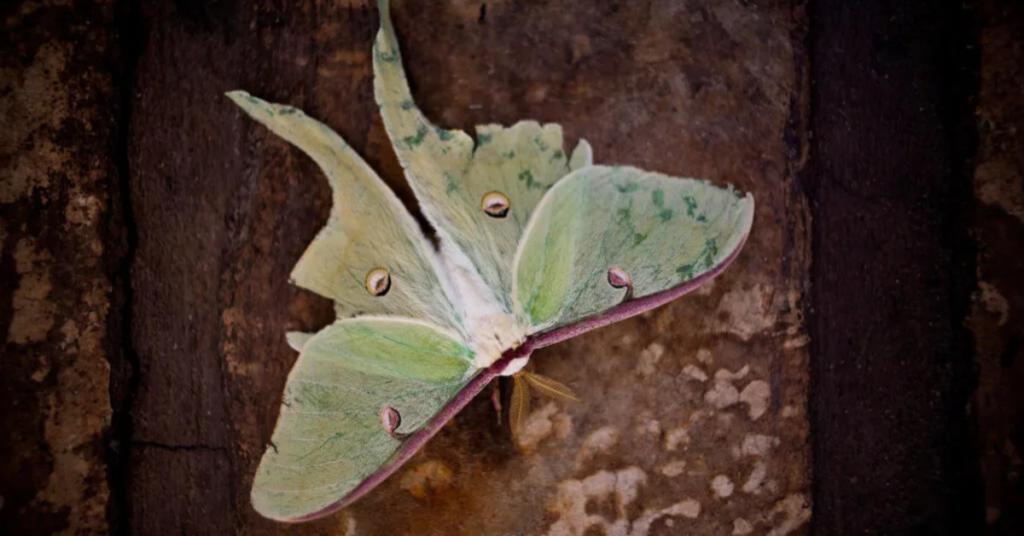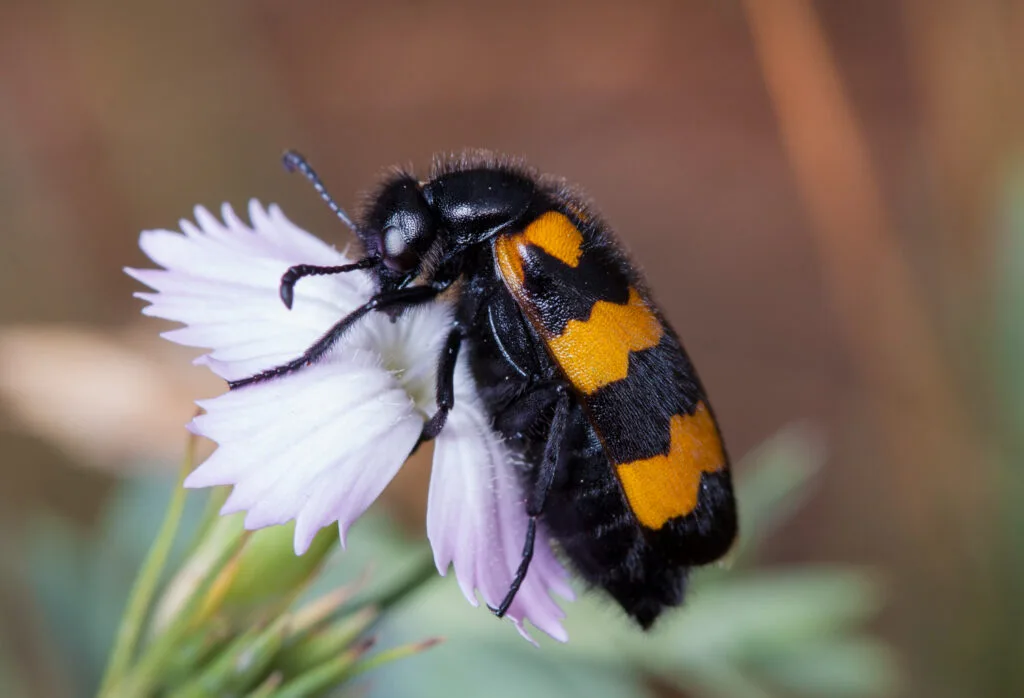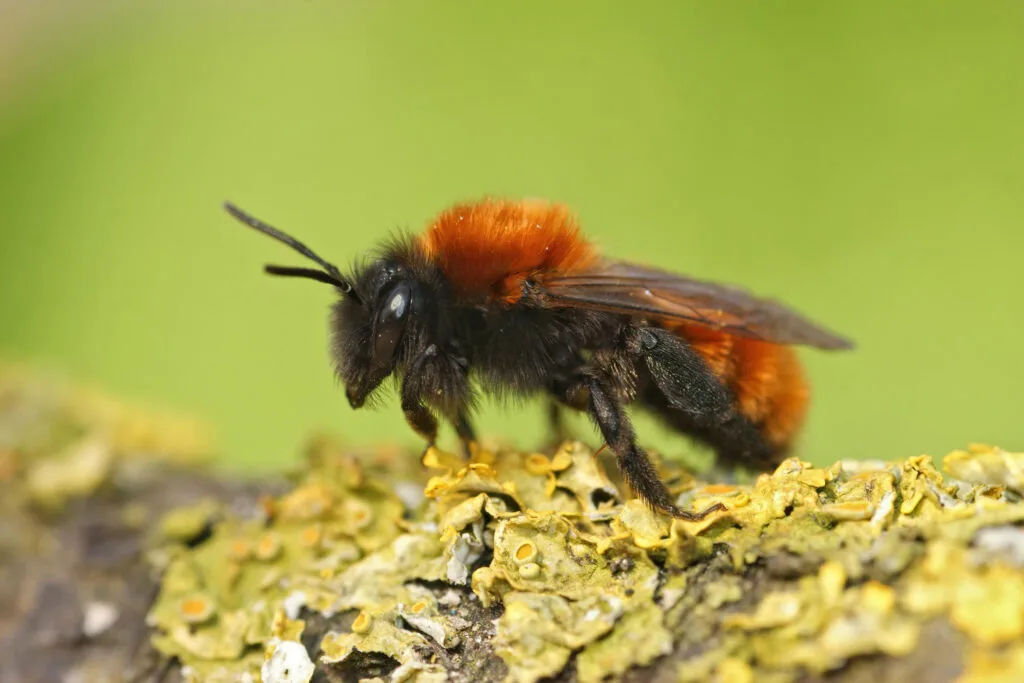Campbells dwarf hamster is one of the most famous small pets worldwide. They are tiny in size, active personality, and having a charming looks make them a favorite among hamster breeds.
Campbell’s dwarf hamster discovered first in Mongolia in 1902. It’s easy to tell apart from the Djungarian hamster by its smaller ears, slimmer stripe on the back, and brownish-grey belly fur.
In the wild, their breeding season depends on where they live, but in captivity they can have babies year-round, with females ready to breed as early as two months old. They’re most active at dawn and dusk, eat both plants and insects, and live in burrows with several tunnels across the steppes and semi-desert regions of Central Asia and China.
Table of Contents
ToggleWhat is a Campbells Dwarf Hamster?
Campbells Dwarf Hamster (Phodopus campbelli) is a small, nocturnal rodent native to Central Asia, particularly in Mongolia, China, and Russia. They are part of the dwarf hamster family and closely related to the Winter White Dwarf Hamster.
Unlike Syrian hamsters, which prefer solitary lives, Campbells Dwarf hamsters can sometimes live in pairs or small groups if introduced at an early age. However, they are known to be territorial and may still fight occasionally.
Physical Characteristics
- Size: 3.5 to 4.5 inches long
- Weight: 1.5 to 2 ounces
- Lifespan: 1.5 to 2 years
- Coat Colors: Agouti, albino, argente, and black
- Fur Type: Short and soft with a distinct dorsal stripe
- Eyes: Black, red, or ruby depending on genetics
- Tail: Almost invisible due to their compact body
Habitat and Cage Setup
To ensure the well-being of your Campbells Dwarf, setting up the right habitat is essential. Here are some key factors:
1. Cage Size and Type
- A spacious cage (at least 24 x 12 inches) is recommended.
- Wire cages, glass tanks, and plastic bin cages are suitable.
- The cage should have good ventilation and escape-proof design.
2. Bedding and Substrate
- Use soft paper-based bedding or aspen shavings.
- Avoid cedar or pine shavings as they can be toxic.
- Provide at least 2-3 inches of bedding for burrowing.
3. Hideouts and Accessories
- Tunnels, hideouts, and wheels (6.5 inches minimum) keep them entertained.
- Provide wooden chew toys to prevent overgrown teeth.
- A sand bath helps maintain their fur cleanliness.
Diet and Nutrition
A well-balanced diet ensures a healthy Campbells Dwarf Hamster. Their diet consists of:
1. Commercial Hamster Food
- High-quality hamster pellets provide essential nutrients.
- Avoid foods with excessive artificial colors or fillers.
2. Fresh Vegetables and Fruits (in moderation)
- Safe veggies: Carrots, broccoli, spinach, and bell peppers.
- Safe fruits: Apples, bananas, and blueberries.
- Avoid citrus fruits, onions, and garlic as they are harmful.
3. Protein Sources
- Boiled eggs, cooked chicken, mealworms, and tofu.
- Provide protein at least once a week.
4. Water Supply
- Always have fresh, clean water available in a sipper bottle.
- Clean and refill the water bottle daily.
Temperament and Behavior
Campbell’s Dwarf Hamsters are known for their energetic and curious nature. However, they can also be a bit skittish compared to other hamster breeds. Understanding their behavior helps build a better relationship with them.
1. Social or Solitary?
- They can live in pairs or small groups if introduced early.
- However, fights may still occur, so always monitor their behavior.
2. Handling and Taming
- Handle them gently and regularly to build trust.
- Let them sniff your hand before picking them up.
- Never wake them abruptly, as it may cause stress or biting.
3. Activity Levels
- Nocturnal but can be active during twilight hours.
- Love running on wheels and exploring tunnels.
- Need regular playtime outside the cage in a secure area.
Common Health Issues
Despite their small size, Campbells Dwarf Hamsters can suffer from various health problems, including:
- Diabetes: They are prone to diabetes, so avoid sugary treats.
- Obesity: Provide an exercise wheel and a balanced diet.
- Respiratory Infections: Ensure proper cage ventilation and cleanliness.
- Skin Problems: Sand baths can prevent mites and fungal infections.
- Overgrown Teeth: Provide chew toys to prevent dental issues.
If you notice symptoms like lethargy, weight loss, or difficulty breathing, consult a vet immediately.
Common Health Issues
Like all pets, Campbells Dwarf Hamsters are prone to certain health issues:
- Diabetes: Due to their small size, they are more susceptible. Avoid sugary treats.
- Wet Tail: A bacterial infection causing diarrhea. Requires urgent vet care.
- Obesity: Encourage exercise to prevent weight gain.
- Respiratory Infections: Keep their cage clean and avoid exposure to drafts.
Regular check-ups and a proper diet can help prevent most health problems.
Breeding Campbell’s Dwarf Hamsters
Breeding Campbells Dwarf Hamsters requires careful planning as they reproduce quickly. Here’s what you should know:
- Gestation Period: Around 18-21 days
- Litter Size: Typically 4-6 pups per litter
- Weaning Age: Pups are independent by 3 weeks old
- Separation: Males and females should be separated by 4 weeks
Lifespan & Aging
On average, Campbell’s Dwarf Hamster lives between 1.5 to 2.5 years. Proper diet, exercise, and vet care can extend their lifespan.
Signs of Aging
- Slower movement
- Thinning fur
- Loss of appetite
- Increased sleep
As they age, provide softer foods and a stress-free environment to ensure comfort.
Pros and Cons of Owning a Campbells Dwarf Hamster
Pros:
- Small and easy to care for
- Can live in pairs (if properly introduced)
- Fun to watch and interact with
- Requires minimal space
Cons:
- Can be skittish or bite when stressed
- Short lifespan (1.5 to 2 years)
- Prone to health issues like diabetes
Conclusion
A Campbells Dwarf Hamster can make a wonderful pet with proper care and attention. They are fun, energetic, and relatively easy to maintain, making them a great choice for beginners and experienced pet owners alike. Providing them with a comfortable habitat, a nutritious diet, and regular interaction ensures a happy and healthy life.
If you’re considering bringing home a Campbells Dwarf, make sure to prepare a suitable setup and understand their needs. Their playful nature and adorable appearance will surely bring joy to your home.







